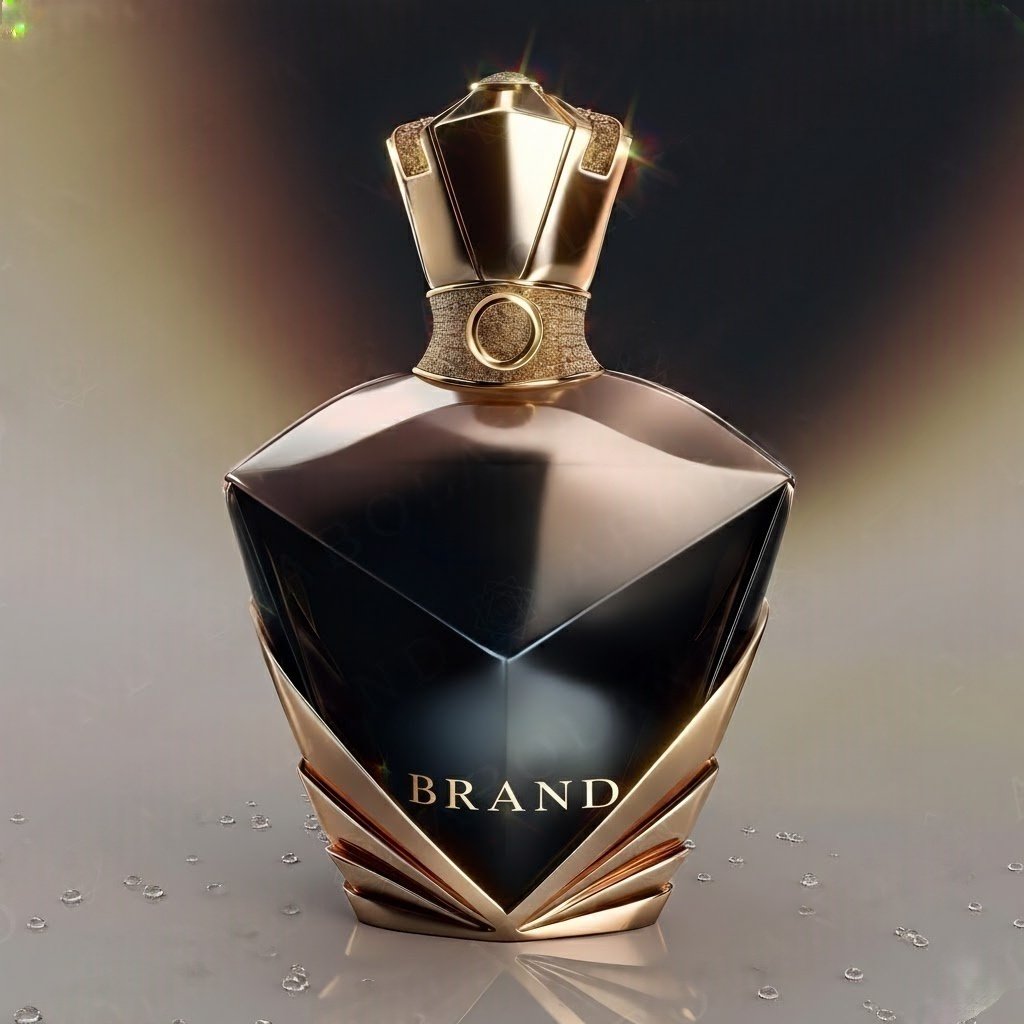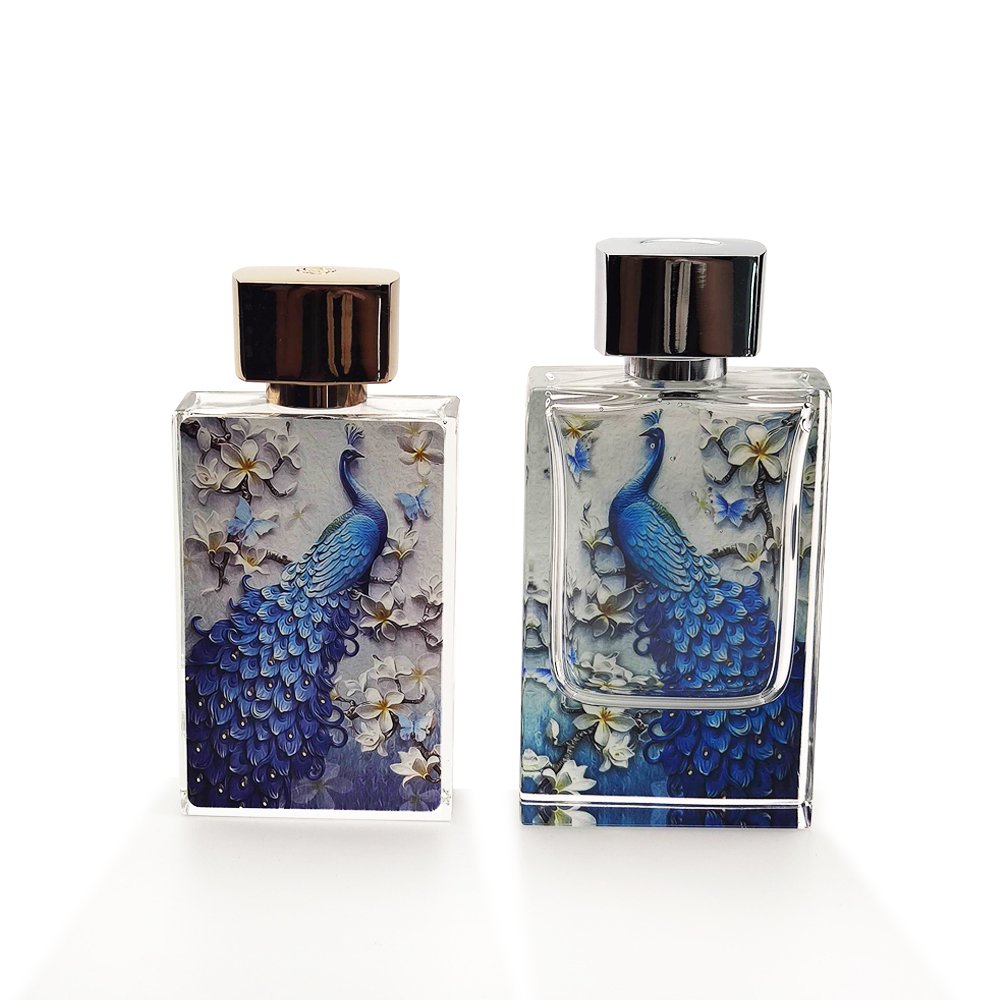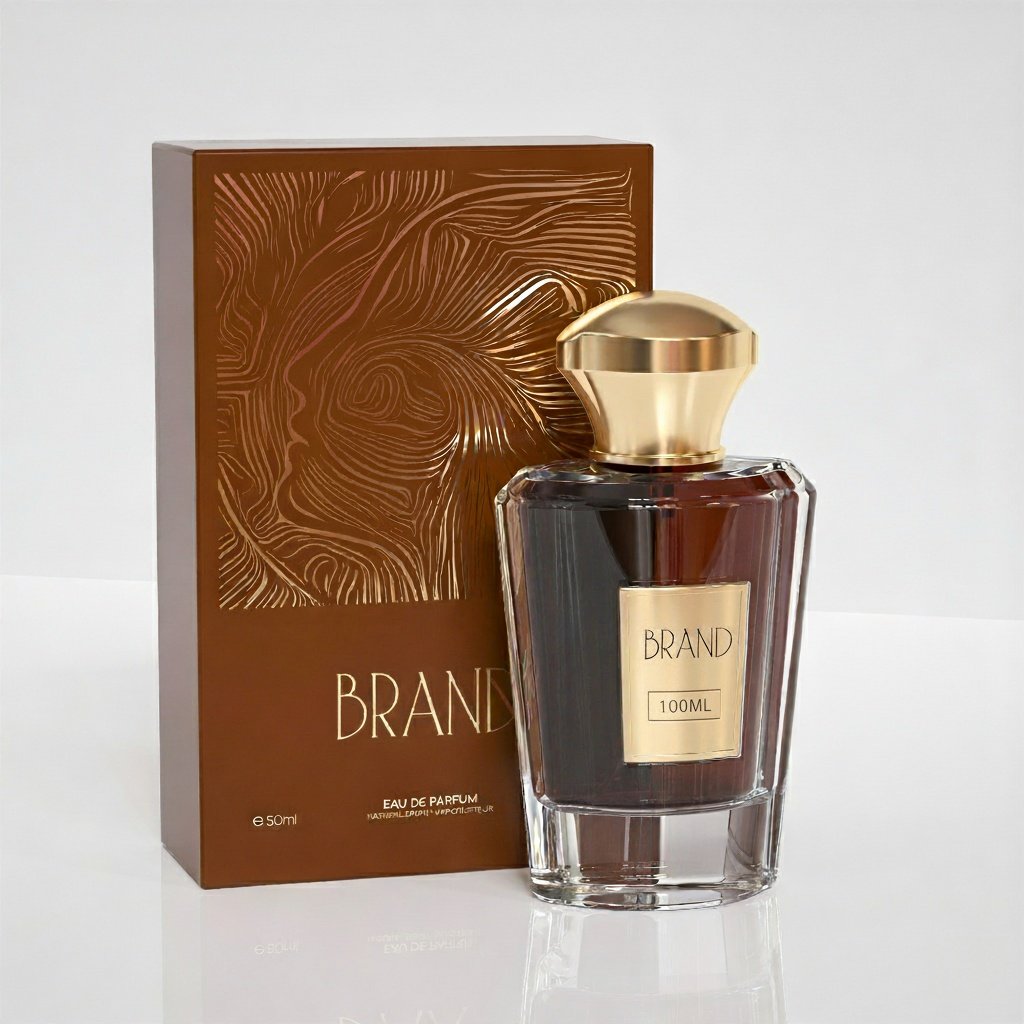The landscape of beauty and fragrance is undergoing a profound transformation. Driven by a new generation of conscious consumers and technological innovation, the industry is shifting from mere aesthetics to holistic experiences, ethical integrity, and personalized expression. To stay relevant, brands must align with the forces shaping the future.

Here are the five key trends defining the next chapter of perfume and cosmetics:
1. The Green Mandate: Conscious & Transparent Beauty
Sustainability is no longer a niche preference; it’s a non-negotiable expectation. Consumers are scrutinizing labels, ingredients, and corporate practices.
- Clean & Conscious Formulas: A surge in demand for non-toxic, vegan, and cruelty-free products. Ingredients are expected to be ethically sourced and biodegradable.
- Radical Transparency: Brands are expected to disclose supply chains, ingredient origins, and environmental impact. Certifications like COSMOS, Leaping Bunny, and Fair Trade are becoming powerful trust signals.
- Circular & Refillable Systems: The war on waste is real. Brands are innovating with refillable perfume bottles, reusable compacts, and programs that encourage packaging returns and recycling.

2. The Scent of Self: Hyper-Personalization & Bespoke Creations
The era of one-size-fits-all is over. Today’s consumer seeks products that are as unique as they are.
- Tailored Fragrances: In-store scent profiling, AI-powered quizzes, and modular perfumery allow customers to create a signature scent that reflects their personality, mood, or even biochemistry.
- Custom Cosmetics: Technology enables foundation and skincare to be mixed on-demand to match a customer’s exact skin tone and concerns perfectly. This creates an unparalleled sense of exclusivity and efficacy.
3. The Digital Olfactive Realm: Social Media & Scent-Tech
Fragrance, once immune to digitalization, is now embracing technology to bridge the sensory gap.
- Social Media Discovery: Platforms like TikTok and Instagram have become the new discovery channels for scent. “Perfume Tok” is a powerful force, with viral reviews and “scent stories” driving consumer desire and democratizing fragrance education.
- Scent-Tech Innovation: Companies are developing devices that can digitize, transmit, and even recreate scents online, paving the way for a future where you can “sample” a fragrance through your smartphone before purchasing.

4. Skinimalism & The Wellness Fusion
The line between cosmetics and wellness is blurring. Consumers are adopting a “less is more” approach, prioritizing skin health and holistic benefits.
- Skinimalism: This trend focuses on multi-functional products, minimal-coverage foundations, and a “your skin but better” philosophy. It’s about enhancing natural beauty, not masking it.
- Neurocosmetics & Scent-Wellness: Fragrances and makeup are now designed with mental well-being in mind. Perfumes with calming notes like lavender and oud, or cosmetics infused with aromatherapy, aim to reduce stress and enhance mood, turning a daily routine into a sensory ritual.
5. The New Frontiers: Gender Fluidity & Olfactive Art
Societal norms are evolving, and the industry is reflecting this shift with more inclusive and artistic expressions.
- Gender-Fluid Fragrances: The rigid categories of “for him” and “for her” are dissolving. Brands are launching scents marketed as gender-free or unisex, focusing on olfactive profiles (woody, aromatic, gourmand) rather than gender stereotypes.
- Niche & Artistic Storytelling: Consumers are moving away from mass-produced scents towards niche, artisanal brands. These houses offer unique, often unconventional compositions, prioritizing artistic vision and compelling narratives over mass appeal.

Conclusion
The future of perfume and cosmetics is intelligent, inclusive, and intentional. Success will belong to the brands that listen to these cultural shifts—those who champion transparency, embrace technology, celebrate individuality, and understand that true beauty is a seamless blend of personal well-being, ethical responsibility, and authentic self-expression.
